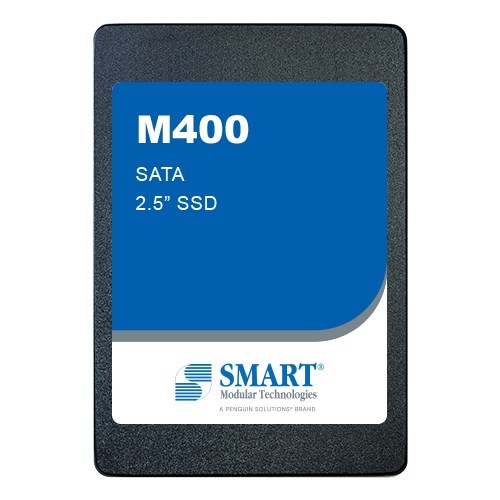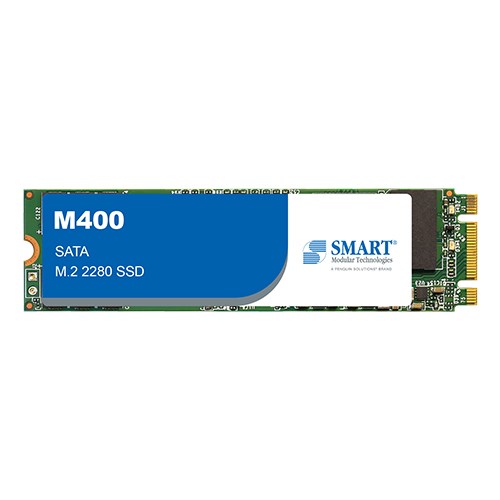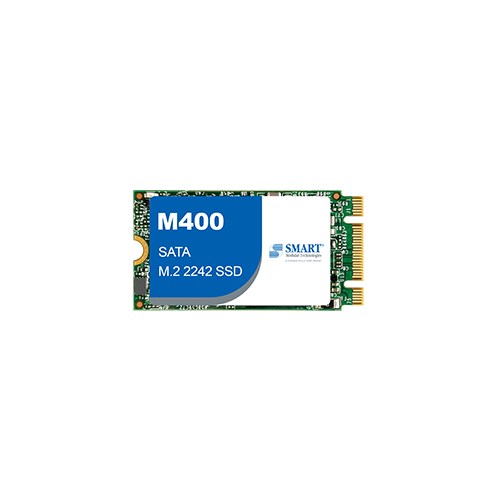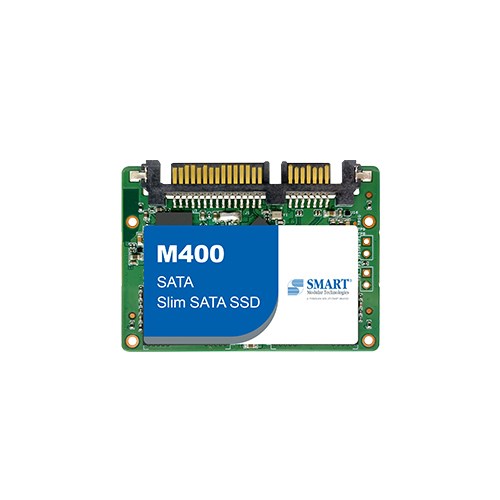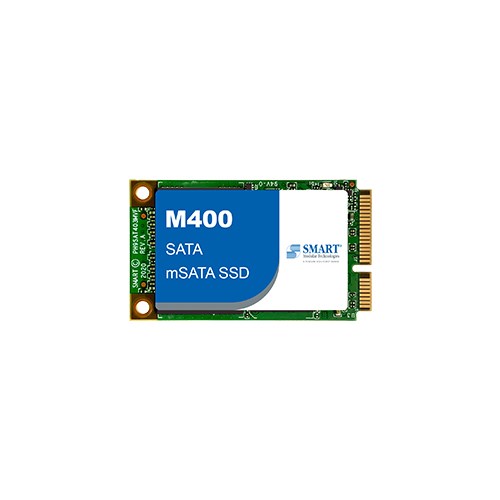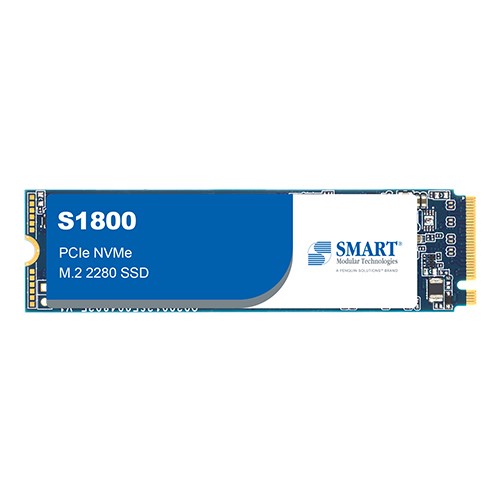Thermal throttling is a safety feature if a drive gets too hot. Thermal sensors monitor the operating temperature of critical components. Firmware thermal throttling algorithm is activated when necessary to prevent the temperature from exceeding maximum thresholds by reducing the performance of I/O transactions until the operating temperature declines to a safe level.
Why Thermal Throttling?
When SSD drives take on heavy workloads, or NVMe SSDs made with high frequency processors consume more power, the SSD drives would generate a load of heat. Overheating could possibly lead to electronic component damages and system failures.
How Does It Work?
SMART’s SSD drives are built in with a thermal sensor to monitor the temperature of the SSD, and are throttled the overall performance once the temperature of the SSD exceeds the threshold. SMART’s Thermal Throttling architecture offers a fine algorithm to optimize the balance of safety and performance.
State A: The temperature of the SSD remains high for a period of time as the SSD takes on heavy workloads with full power.
State B: Thermal Throttling is activated to inhibit the potential increase of heat by reducing the SSD performance.
State C: The SSD performance stays at a certain rate, waiting the temperature of the SSD to cool down. Otherwise, Thermal Throttling will be activated again for the second attempt of performance adjustment to protect the SSD drive.
State D: Thermal Throttling successfully has the temperature decrease to normal state.
State E: The SSD performance is gradually restored as the temperature starts to decrease. The built-in thermal sensor will keep monitoring the temperature of the SSD.


